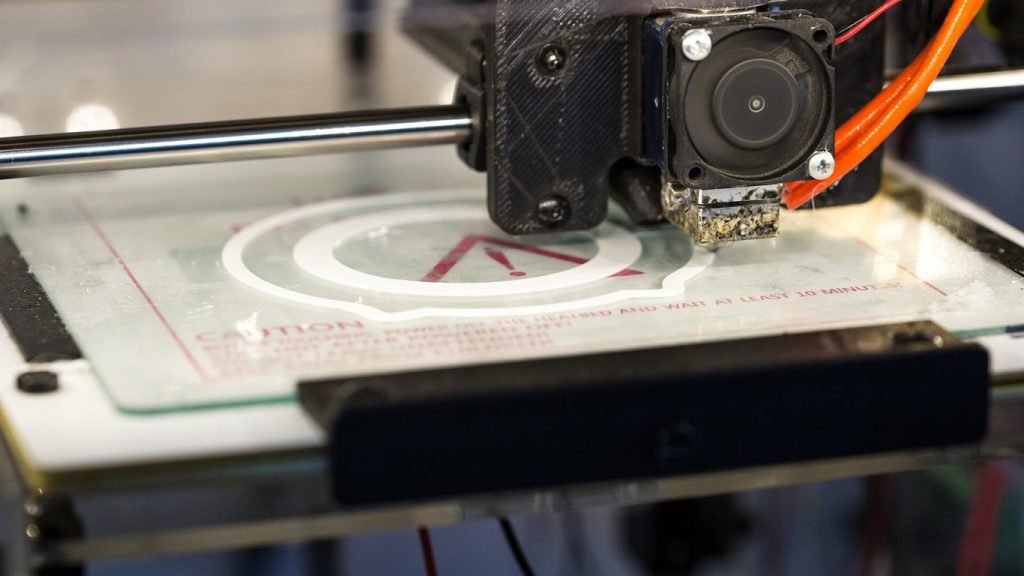A team of researchers at DTU is working to make a reality with a new 3D printing technology based on light. According to the leader of the multi-departmental team, Assistant Professor Yi Yang at DTU Chemistry, the printer utilizes the principles of a reversed CT scan.
“Our printer will build a physical object at the intersects of computed tomographic images. The technology enables us to build 3D objects embedded with different properties and material transitions,” says Yi Yang.
The new 3D printer will produce physical objects by letting light rays hit a rotating mass and shape the mass according to a three-dimensional image made up of two-dimensional images.
The first results of the interdisciplinary project recently became openly accessible in Nature Communications. Recently, Yi Yang received a Villum Experiment grant of 2 MDKK, which will finance a postdoc and a technical-administrative team member to advance the project.
The actual printing takes place in lower dimensions. The material, e.g., plastic resins, is cured, layer by layer, or point by point, and prints objects from the bottom up on a printer board. However, the new 3D printer will print in three dimensions, Assistant Professor Yi Yang explains:
“We use a method called Tomographic Vat Photopolymerization (TVP), which allows us to print all points in a 3D object simultaneously. One has to imagine a box containing a liquid polymer – a kind of polymeric printer ink. By exposing the ink to the light of certain wavelengths, determined by a 3D image and built up as a CT scan, the ink turns solid in the desired shape”.
Alongside Associate Professor Aminul Islam at DTU Mechanical Engineering and Professor Kristoffer Almdal at DTU Chemistry, Assistant Professor Yi Yang is developing the right apparatuses for an unprecedented recipe of light-sensitive polymeric resin, which is important to take advantage of one of the great benefits of the technology of light-dependent 3D printing.
“We can vary the softness of our 3D object based on our computer model by controlling the different wavelengths delivered from the light sources,” says Yi Yang.
The Assistant Professor explains that the potential of the printer extends far into the commercial production of various items. He also sees potential in the vascularization of artificial replacements for patients who need new, functioning tissues and organs.
“The degree of detail and flexibility in our 3D printing will hopefully be so extensive that the technique can be used to produce fully vascularized constructs using biopolymers as ‘ink’. This technology might be able to replicate the softness and unique build-up of blood vessels, capillaries, and muscles. There is a long way to go, but hopefully, the printer can bring us closer to the goal,” says Assistant Professor Yi Yang.
“In principle, the technique allows one to send a CT scan of an object and press print. The moment after, there will be a copy of the object in real-life softness “, says assistant professor Yi Yang.
“We can vary the softness of our 3D object based on our computer model by controlling the different wavelengths delivered from the light sources,” says Yi Yang.
So far, the printer has succeeded in printing a variety of complex geometries with functionally graded materials.

